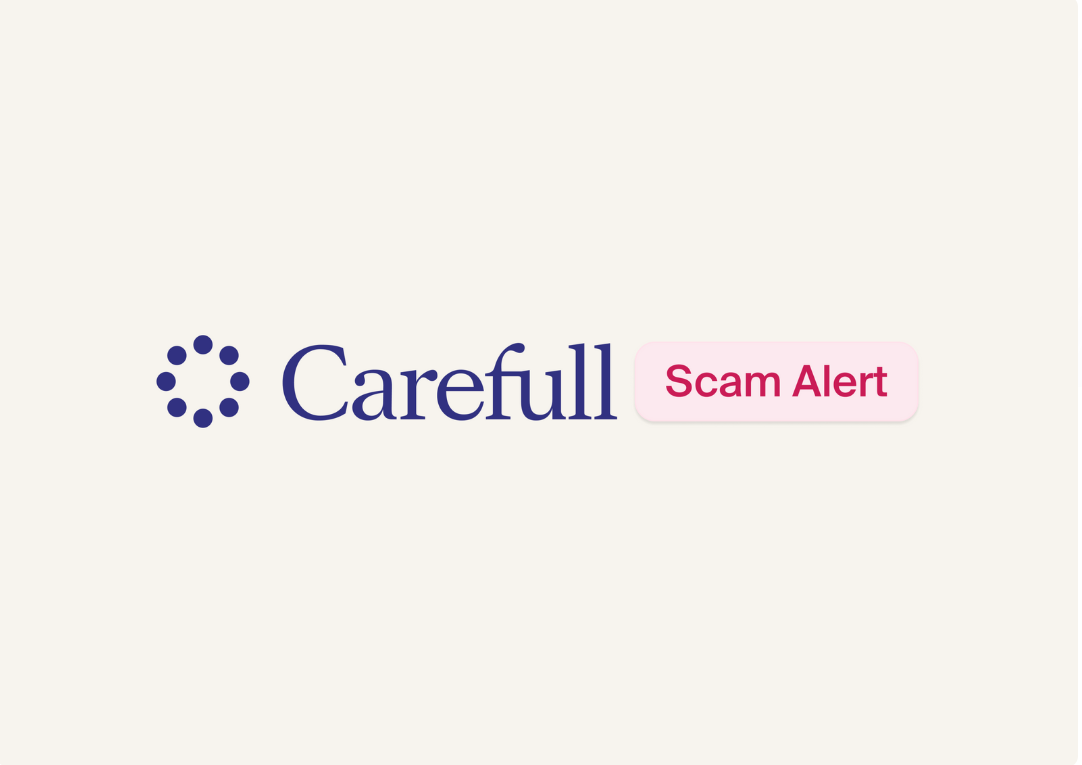Safest Ways to Pay Online and In-Person

Will that be cash or credit … or debit or check or digital wallet?
These days, there are an abundance of ways to pay both in-person and online. If you’re like most Americans, you likely use at least a couple different payment methods—opting for what’s most convenient for you at the time of purchase.
However, convenience shouldn’t be your only consideration. In fact, safety should be your top concern when deciding whether to swipe or tap a card, hand over cash or get out your checkbook. You expose yourself to the risk of theft and fraud with every payment you make. So, it’s important to choose a payment option that limits that risk as much as possible.
Here’s what to know about the safest ways to pay online and in-person and which payment methods are riskier than you might think.
Secure payment methods
No payment method is 100% secure. Each has risks. However, these secure payment methods offer greater protections against fraud and keep risks to a minimum.
Digital wallets
A digital wallet, also known as a mobile wallet or eWallet, is an app that stores debit, credit and gift card information. Using digital wallet apps such as Google Pay, Apple Pay, Samsung Pay and PayPal lets you make payments with your phone or smartwatch rather than swiping or entering card information at check-out.
“These tend to be safer because the payment apps have added security benefits such as tokenization, so merchants do not get actual card details,” says Tanya Poste, assistant vice president and manager of digital services at The Cooperative Bank (TCB). They also use biometric data such as fingerprints and facial recognition to confirm your identity when you make transactions, further reducing the risk of fraud.
Credit cards
Poste ranks credit cards as the second-most secure payment method. However, it’s safer to tap your credit card or dip it in a chip reader than swipe it. Swiping your card’s magnetic stripe can put your information at risk if skimmers have been installed in card readers to steal card numbers.
- Chip cards generate unique codes for every transaction rather than providing actual card numbers. “It is also harder to clone [chips] than magnetic stripes, which are what is used when swiping cards,” Poste says.
- Tap to pay contactless card payments also generate one-time codes for transactions. Poste says that tapping your card is safer than swiping because it reduces the risk of skimming devices and malicious software that may be on the payment devices trying to steal card information.
The other benefit of paying with a credit card is that federal law limits consumers’ liability for fraudulent credit card transactions to $50. In fact, most credit cards come with zero fraud liability, so cardholders don’t have to pay for any fraudulent charges. Credit cards often offer purchase protection, too.
ACH payments
An ACH payment is an electronic funds transfer from one bank or credit union account to another made through the Automated Clearing House network. Direct deposits of paychecks and Social Security benefits are examples of ACH payments. Strict regulations make it a secure payment method, Poste says. .
Riskier payment methods
These payment options offer fewer fraud protections and security features, making them riskier to use.
Debit cards
Debit cards don’t have the same fraud protections that credit cards do. If you don’t report fraudulent debit card transactions within 60 days, you can be liable for them. Plus, if fraudulent transactions are made with your debit card, the money comes right out of your bank or credit union account.
You should avoid using debit cards for online purchases, where there’s a risk of your card information being stolen in data breaches or if a website itself is fraudulent. If you use a debit card for in-person transactions, use the chip or tap to pay to avoid putting your card information at risk by swiping. Also, check with your bank to see if it offers card controls to add protections. For example, Poste says that TCB allows customers to restrict debit card purchases and set limits and exclusions.
Cash
Paying with cash might seem like a smart way to stick to a budget. But it’s one of the least secure ways to pay. If your cash is lost or stolen, there is no guarantee of getting it back.
Checks
The recent surge in check fraud makes checks a risky way to pay, Poste says. Thieves have been stealing checks from mailboxes, washing them with chemicals to remove the ink and changing amounts and recipient names.
It’s much safer to rely on automated online bill payments, which you can set up through your bank or service providers. If you must mail a check, use black gel ink to write it and drop it off in a U.S. Postal Service blue collection box inside a post office just before pickup time.
More ways to stay safe when paying
Choosing secure payment methods reduces your risk of theft and fraud. That doesn’t mean you should let your guard down, though.
“Regular monitoring of transactions is so important as no payment is truly immune to fraud,” Poste says. “This is when I encourage customers to use our online banking, alerts, card controls and Carefull.”
TCB offers its customers access to Carefull, a safe money-monitoring service that can be linked to bank, credit card and investment accounts to alert users to unusual transactions, signs of fraud and money mistakes. Carefull also includes credit, identity and home title monitoring, a digital vault for secure document and password storage, and $1 million in identity theft insurance.
Try Carefull for free for 30 days.

3 Steps to Safer Money,
Try it Free for 30 Days
Step 1
Start your free,
no-risk trial
Step 2
Connect the accounts and cards you want protected
Step 3
Stay alerted to any
unusual activity



.png)



